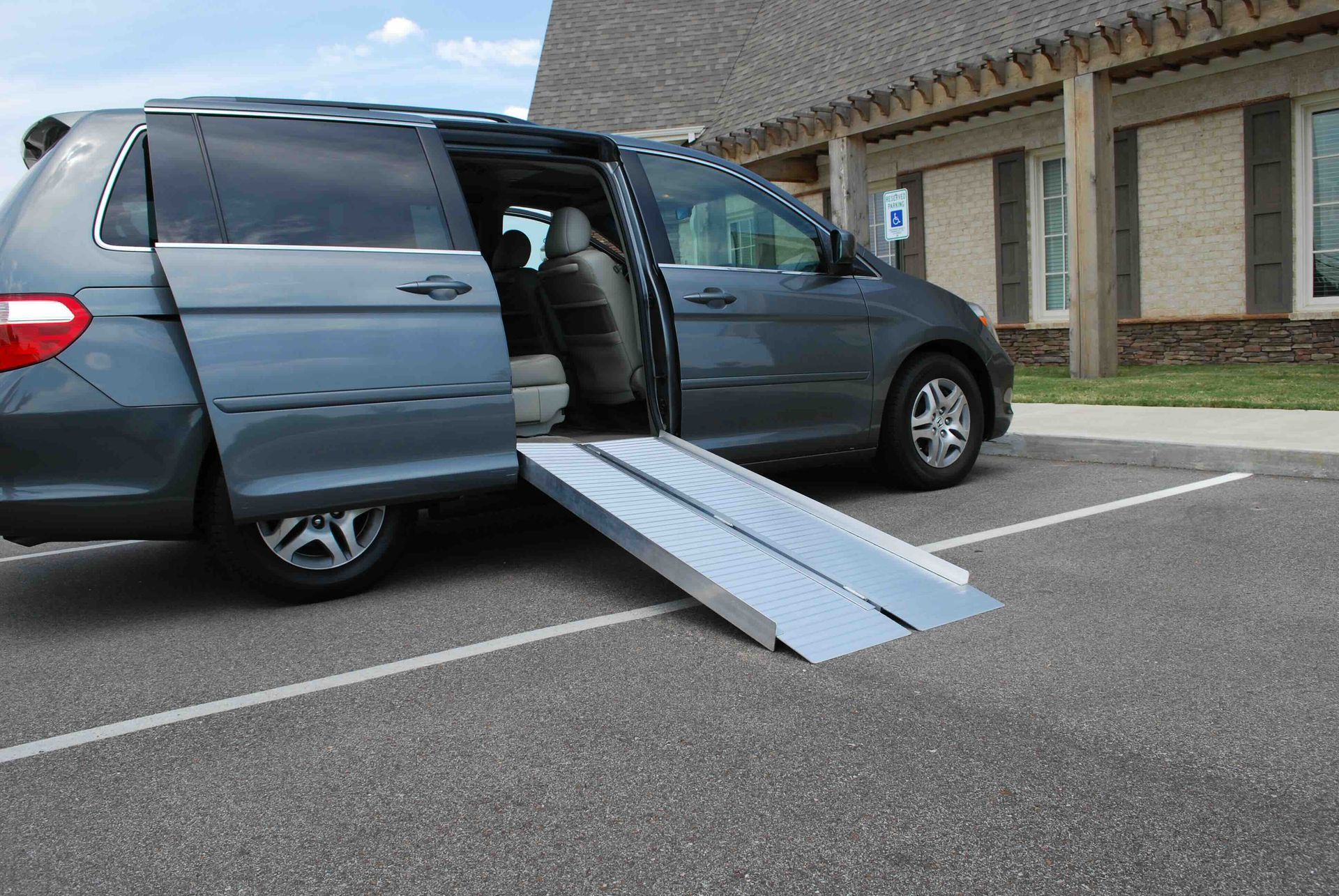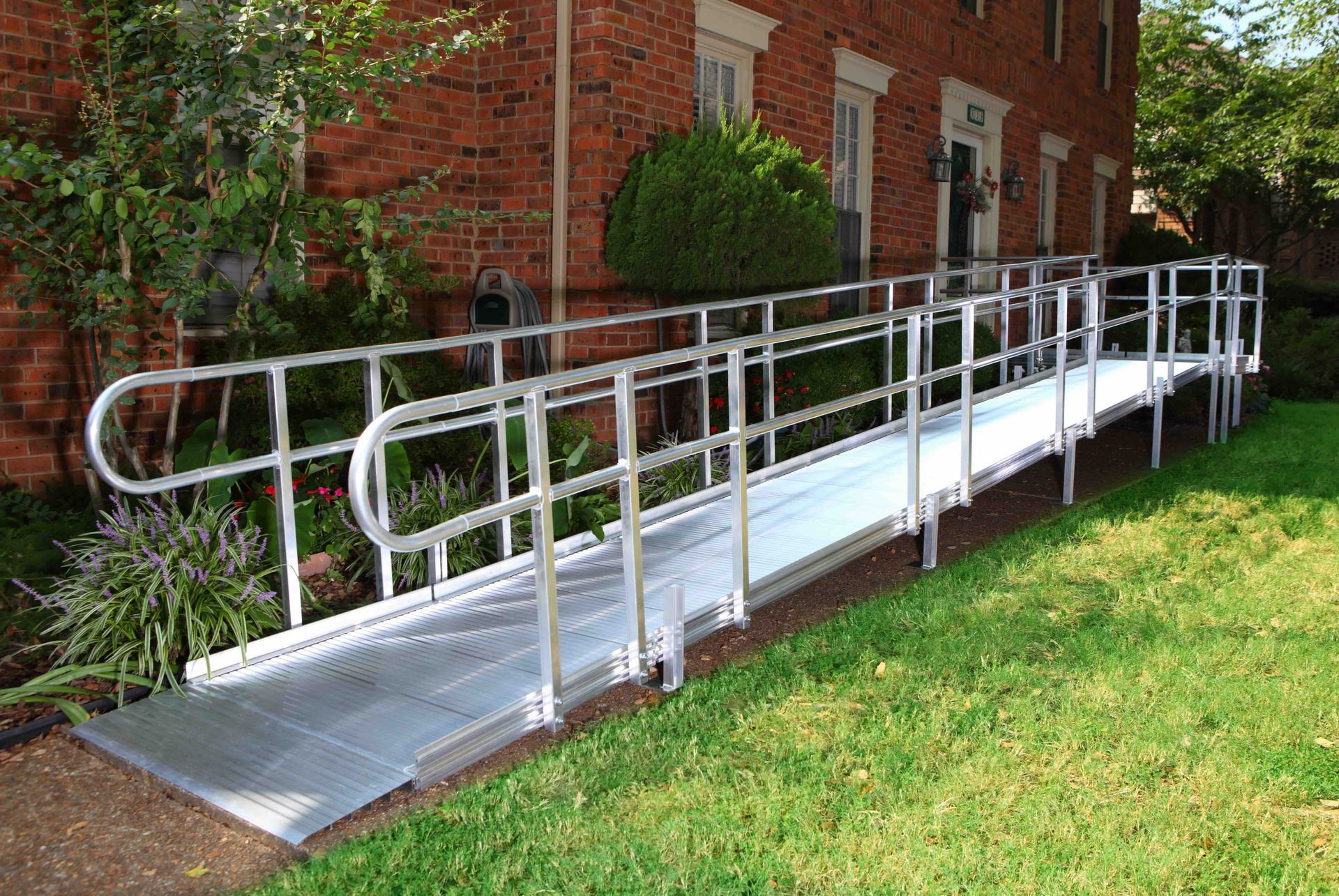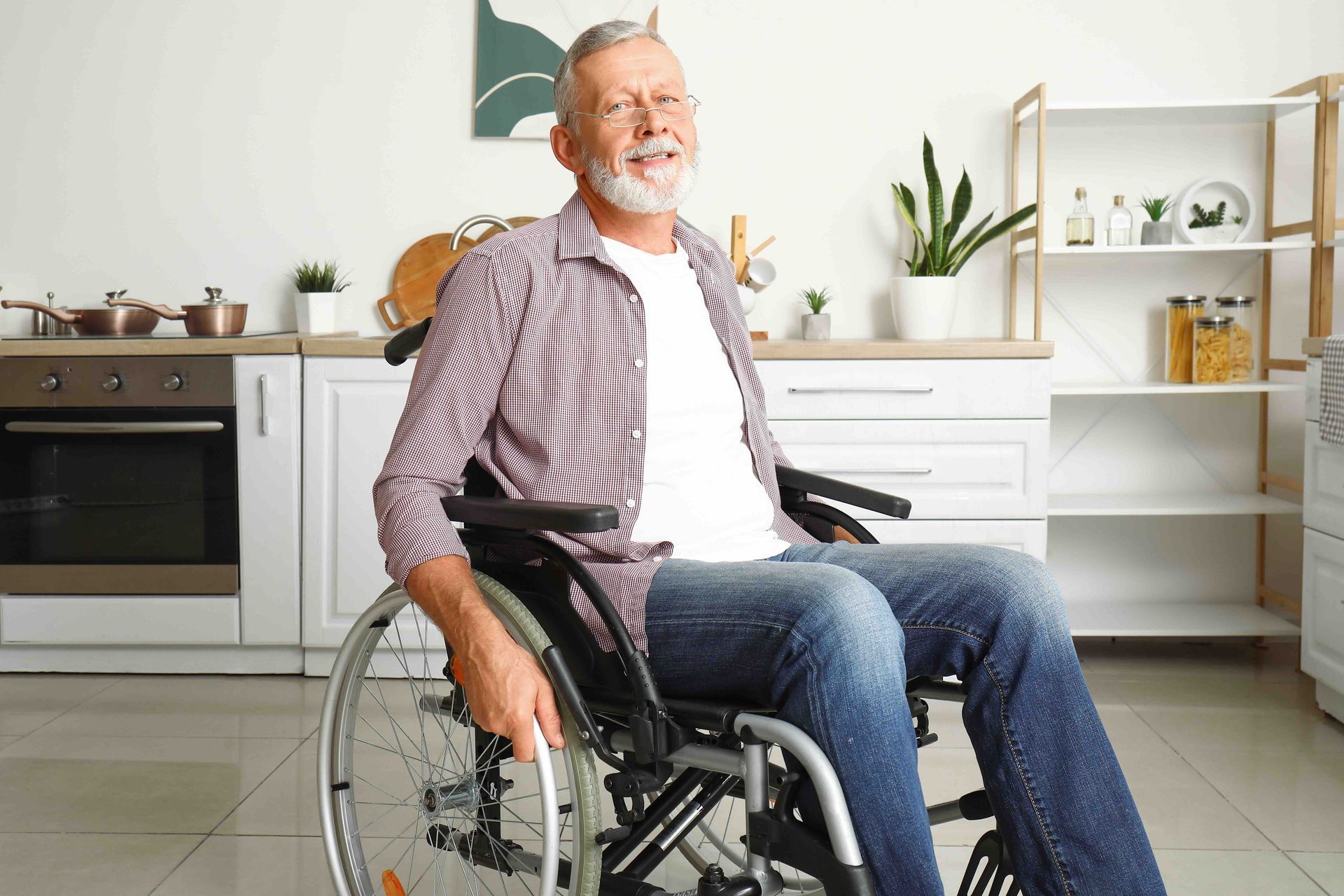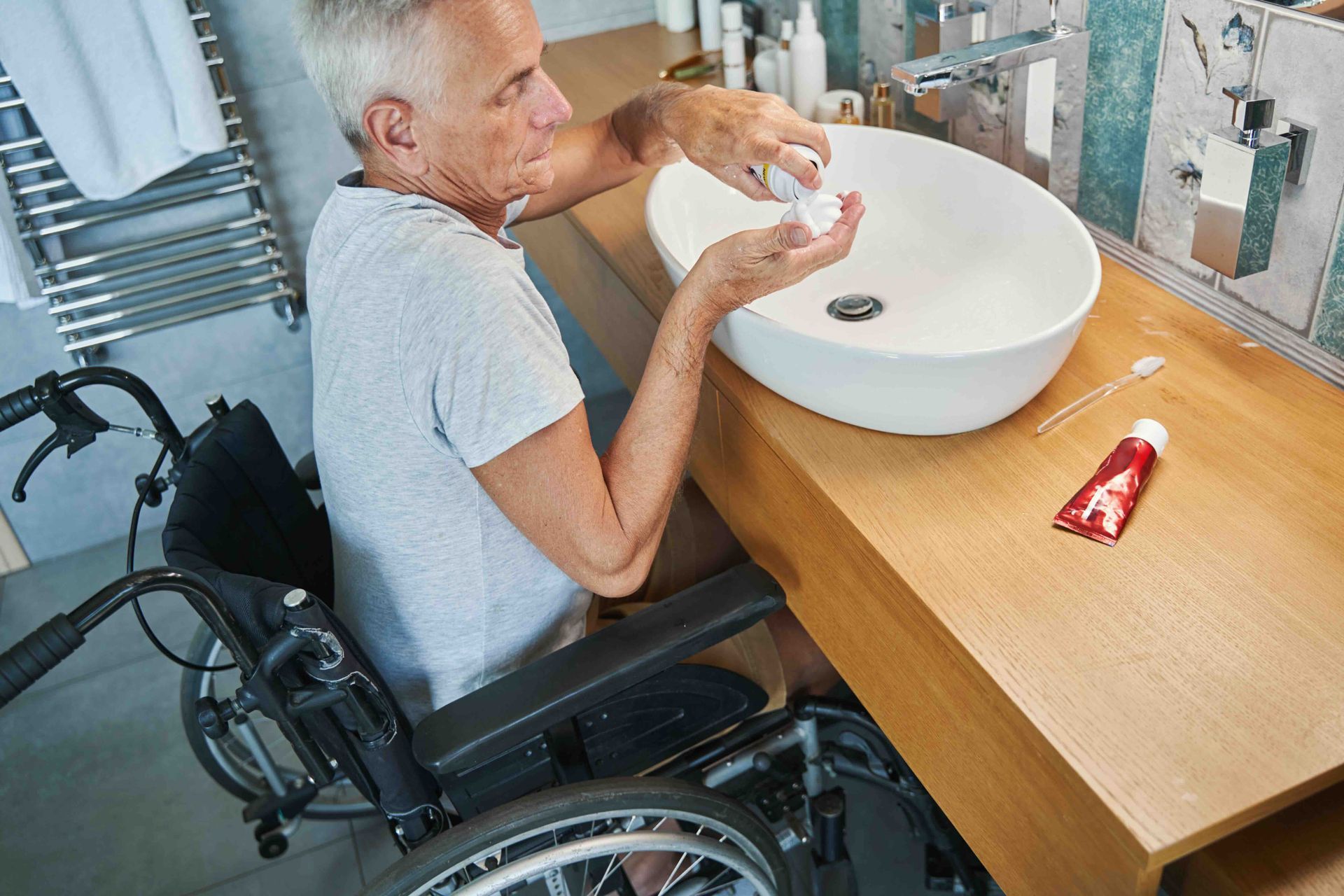When it comes to making a home more accessible, ramps are often one of the first — and most essential — modifications to consider. Whether you're supporting a loved one with mobility challenges or adapting a group home for residents with diverse needs, choosing the right type of ramp can make all the difference.
But how do you decide between a permanent wheelchair ramp and a temporary one? Each option has pros and cons depending on your specific circumstances, the layout of the home, and long-term accessibility goals.
In this guide, we'll explore the benefits and considerations of both types of mobility ramps for homes. By the end, you'll have a better understanding of which accessible ramp option is best for your unique situation.
Are you looking for an expert resource in accessible spaces, special modifications for persons with mobility challenges, and more? Contact Lakeshore Barrier Free today.
Understanding Permanent and Temporary Ramps
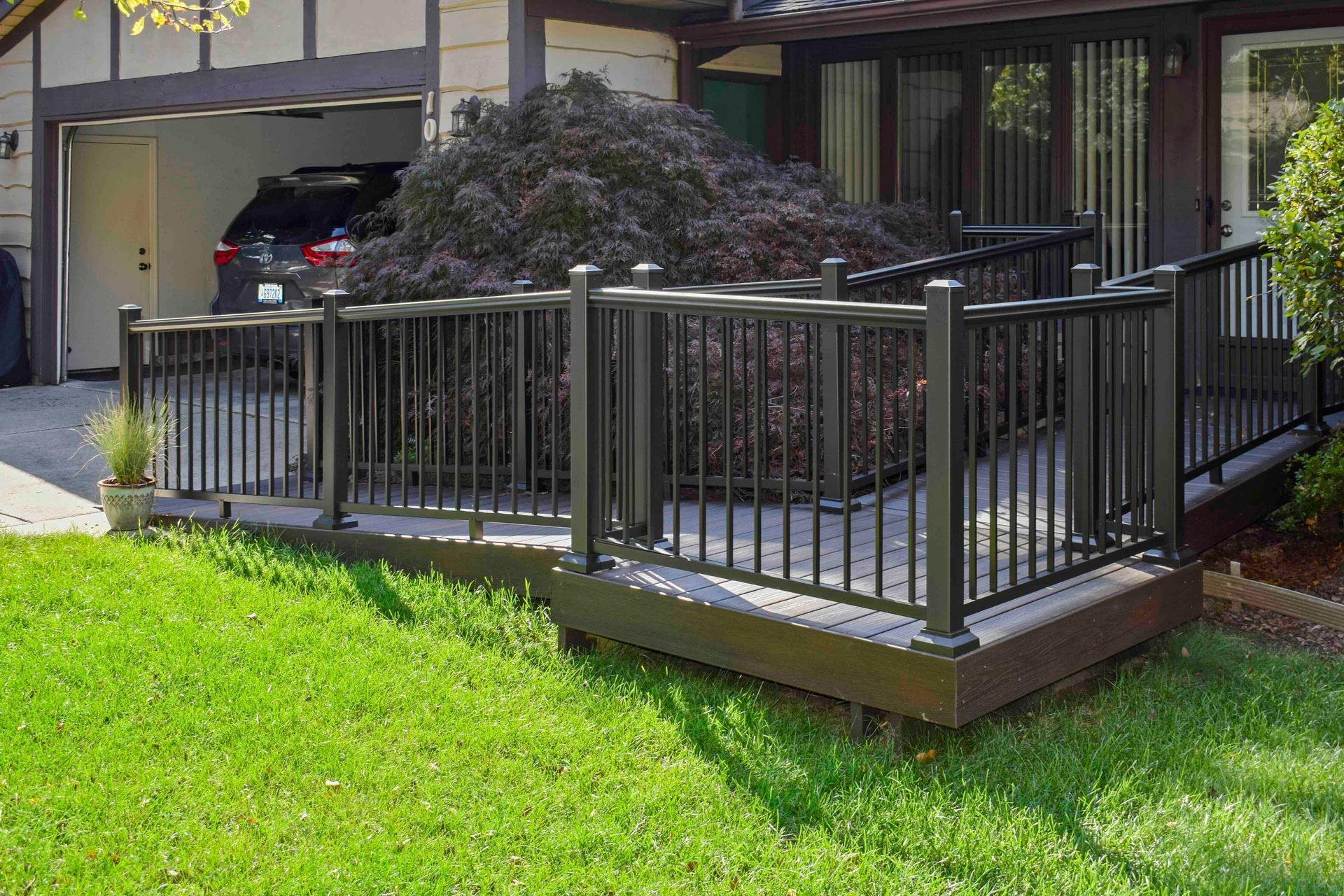
What Are Permanent Ramps?
Permanent wheelchair ramps are fixed structures built to provide safe, long-term access to homes or group residences. Made from long-lasting materials such as concrete, wood, aluminum, or composite, these ramps are typically custom-built to suit the property's aesthetic and landscape.
These wheelchair ramps for homes are ideal for people planning to age in place, families supporting a loved one with a long-term disability, or anyone seeking a permanent mobility upgrade. They can be tailored to blend seamlessly with the home's architecture while meeting
ADA (Americans with Disabilities Act) guidelines for slope, width, and handrails.

What Are Temporary Ramps?
Temporary wheelchair ramps are portable, lightweight solutions designed to offer quick and flexible access when a permanent installation isn't practical or necessary. These ramps are typically made from lightweight yet durable materials like aluminum, making them easy to transport, store, and reposition as needed.
Portable ramps are ideal for short-term situations. For example, recovery after surgery, visiting guests with mobility needs or making a rental property more accessible without making permanent modifications. Since they're easy to install and remove, they're also great accessible ramp options for events, graduations, or travel.
Common types of rental wheelchair ramps include:
- Folding ramps: Compact and convenient for travel or occasional use.
- Threshold ramps: Ideal for small elevation changes like doorways or single steps.
- Modular aluminum ramps: Provide more structure and can be assembled in various configurations to suit different layouts.
4 Key Factors You Must Consider When Choosing a Ramp
Choosing between a permanent and temporary wheelchair ramp depends on several personal and property-specific factors. Here are some key considerations:
1.) Duration of Need
One of the first questions to ask is how long the ramp installation will be needed.
- Permanent ramps: The best option for long-term or permanent mobility needs. They're an investment in your home's accessibility and can improve overall safety and independence for years to come.
- Temporary ramps: Better suited for short-term recovery, such as post-surgery, or for accommodating visiting family members or guests. They're also ideal for rental properties where permanent modifications may not be allowed.
2.) Property Type & Space Availability
The layout and structure of your home will significantly influence your ramp choice.
- Permanent ramps: These are best for homes with ample outdoor space and the ability to accommodate a custom ramp installation. They're ideal when modifications are allowed and can be integrated into porches, decks, or entrances for a seamless look and long-term usability.
- Temporary ramps: Shine in tighter spaces or where permanent changes aren't feasible. These safe mobility solutions can be set up and adjusted as needed — perfect for renters, smaller homes, or areas with limited entryway space.
3.) Budget & Cost Considerations
Cost can be a major deciding factor when choosing the right ramp.
- Permanent ramps: While they require a higher upfront investment, permanent ramps add long-term value to your home and can be tailored to your specific accessibility needs. They're also more durable and require less frequent replacement, which may save money over time.
- Temporary ramps: These are typically more affordable upfront and don't require construction or major changes to your home. They're a cost-effective option for temporary needs, and some providers offer rental wheelchair ramps to make them even more accessible.
4.) Safety & Compliance
No matter the ramp type, safety is non-negotiable. Both permanent and portable ramps should meet ADA compliance standards, including:
- The proper slope ratio (1:12)
- Minimum width (36 inches)
- Secure handrails where needed
A professional ramp installation will ensure stability, weather resistance, and safe use for all mobility devices, including wheelchairs, walkers, and scooters.
Pros and Cons: Permanent vs. Temporary Ramps
Here's a quick side-by-side comparison to help you decide which wheelchair ramp suits your needs best:
| FEATURE | PERMANENT RAMP | TEMPORARY RAMP |
|---|---|---|
| Best For | Long-term use, aging in place | Short-term needs, rentals, recovery |
| Installation | Requires professional construction | Quick to install, no major modifications |
| Materials | Wood, concrete, aluminum, composite | Aluminum, rubber, lightweight materials |
| Profitability | Fixed in place | Easily portable and repositionable |
| Customization | High — tailored to your home and landscape | Limited but modular options available |
| Cost | Higher upfront investment | Lower cost, often available to rent |
| Value Added | Increases home value | Ideal for temporary accessibility needs |
How Lakeshore Barrier Free Can Help You Choose the Right Ramp
With over 30 years of experience, Lakeshore Barrier Free specializes in designing and installing ADA-compliant ramps that fit your lifestyle and home. Whether you need a custom permanent ramp or a flexible temporary ramp, our team can help you navigate the process from start to finish.
We offer:
- A wide range of durable ramp materials.
- Modular aluminum ramps for short-term and long-term use.
- Custom design services that blend form and function.
- Reliable, professional ramp installation from trusted contractors.
No two homes — or mobility needs — are exactly alike. That's why we tailor every ramp to ensure safety, independence, and peace of mind.
Which Ramp Is Right for You?
Ultimately, the best ramp for you will depend on your specific needs and budget. If you require a permanent, long-term solution, a custom-built ramp may be the best option. However, if you only need temporary accessibility or have budget constraints, a portable or temporary ramp may be more suitable.
Still not sure which route to take? Contact Lakeshore Barrier Free for a personalized assessment and expert recommendations. We're here to help you find the right home accessibility solution so you can move freely and confidently — no matter the situation.
TALK TO THE EXPERTS OF LAKESHORE BARRIER FREE TODAY!
We believe that everyone should have access to every area of their home! We work directly with you to make sure that every grab bar, bathroom sink, kitchen countertop, patient lift, and more is at the perfect location for you and your loved ones. Call us at
(616) 477-2685 or email us at
Info@LakeshoreBarrierFree.com
Share this blog


